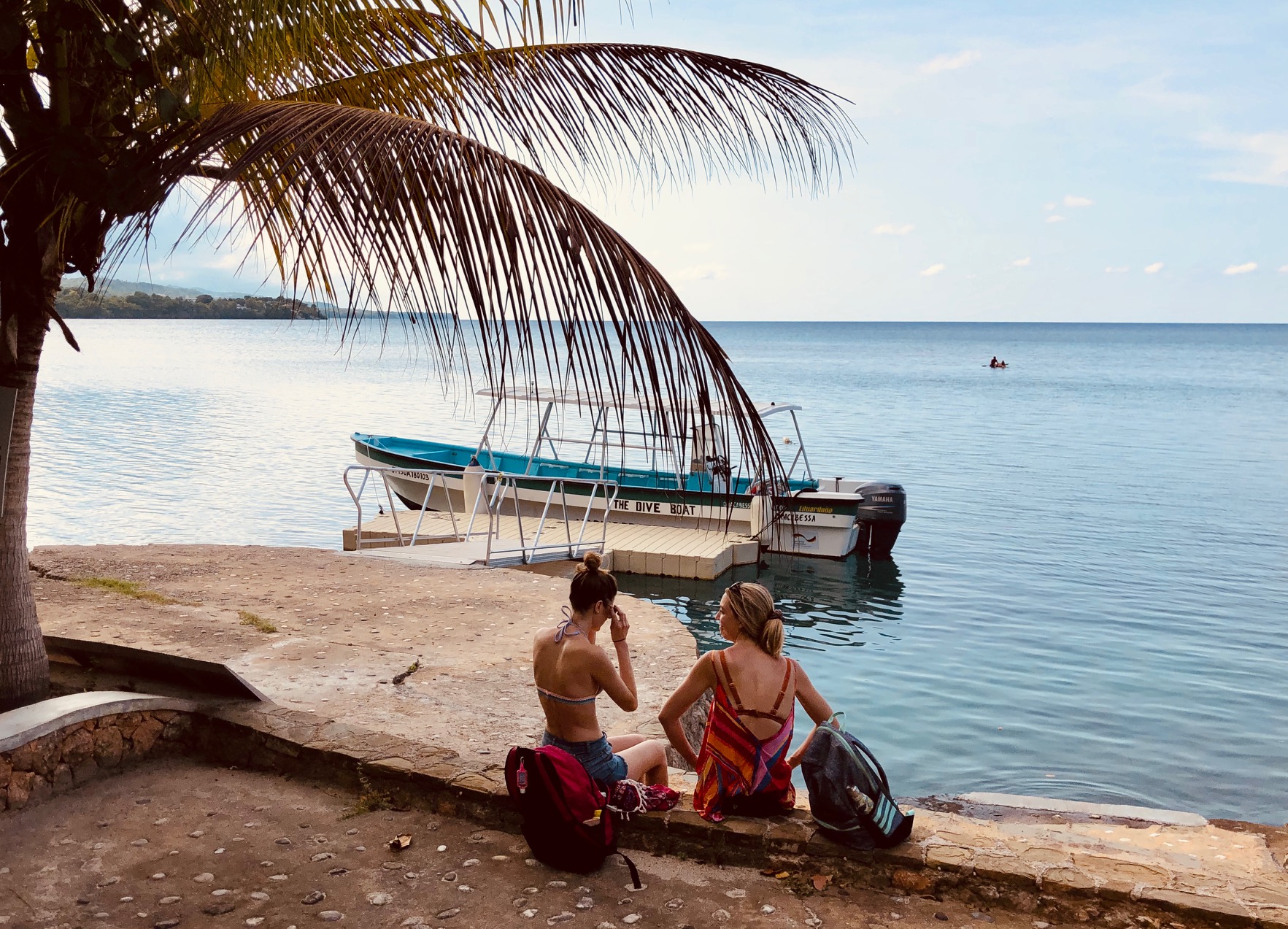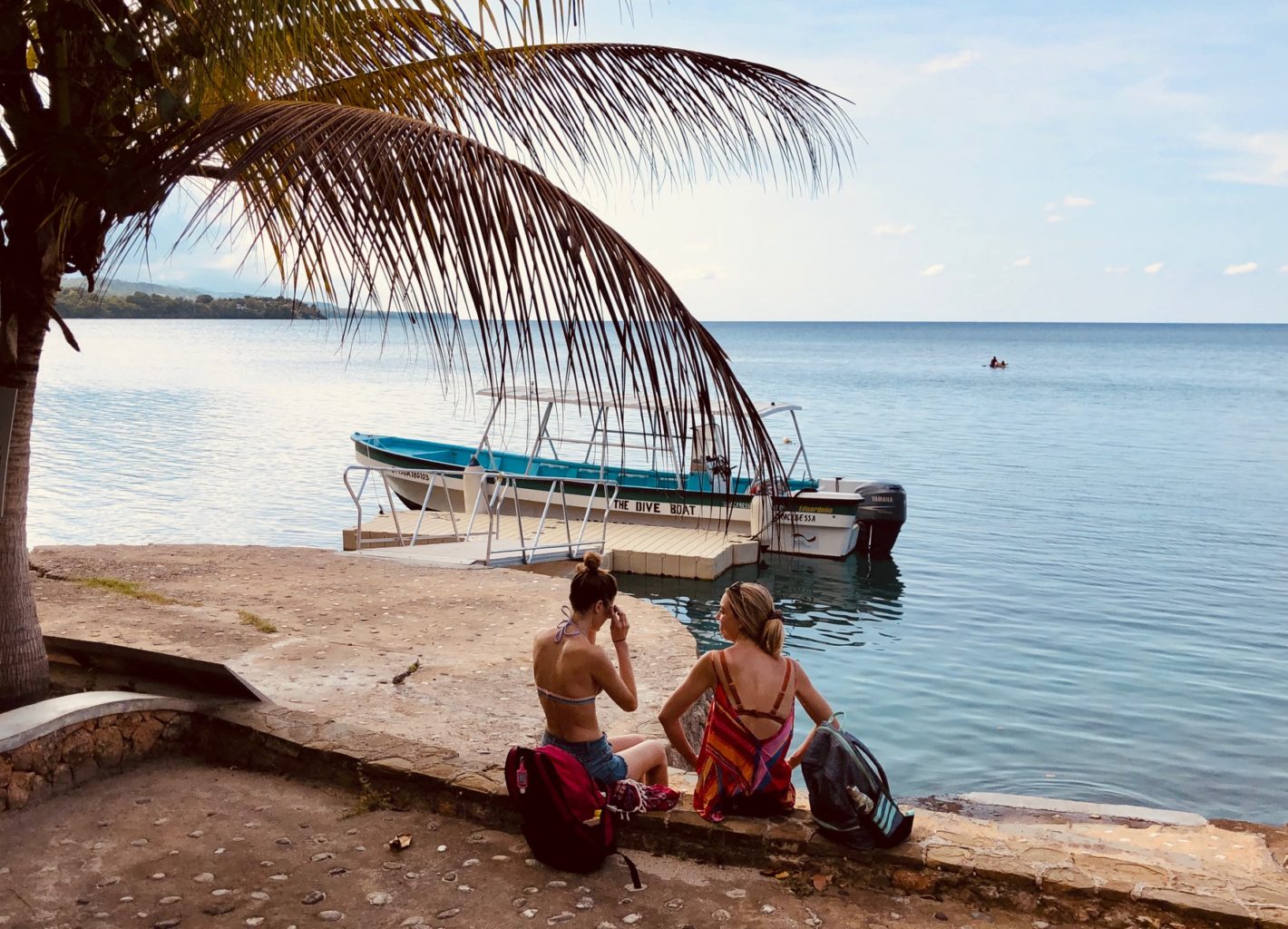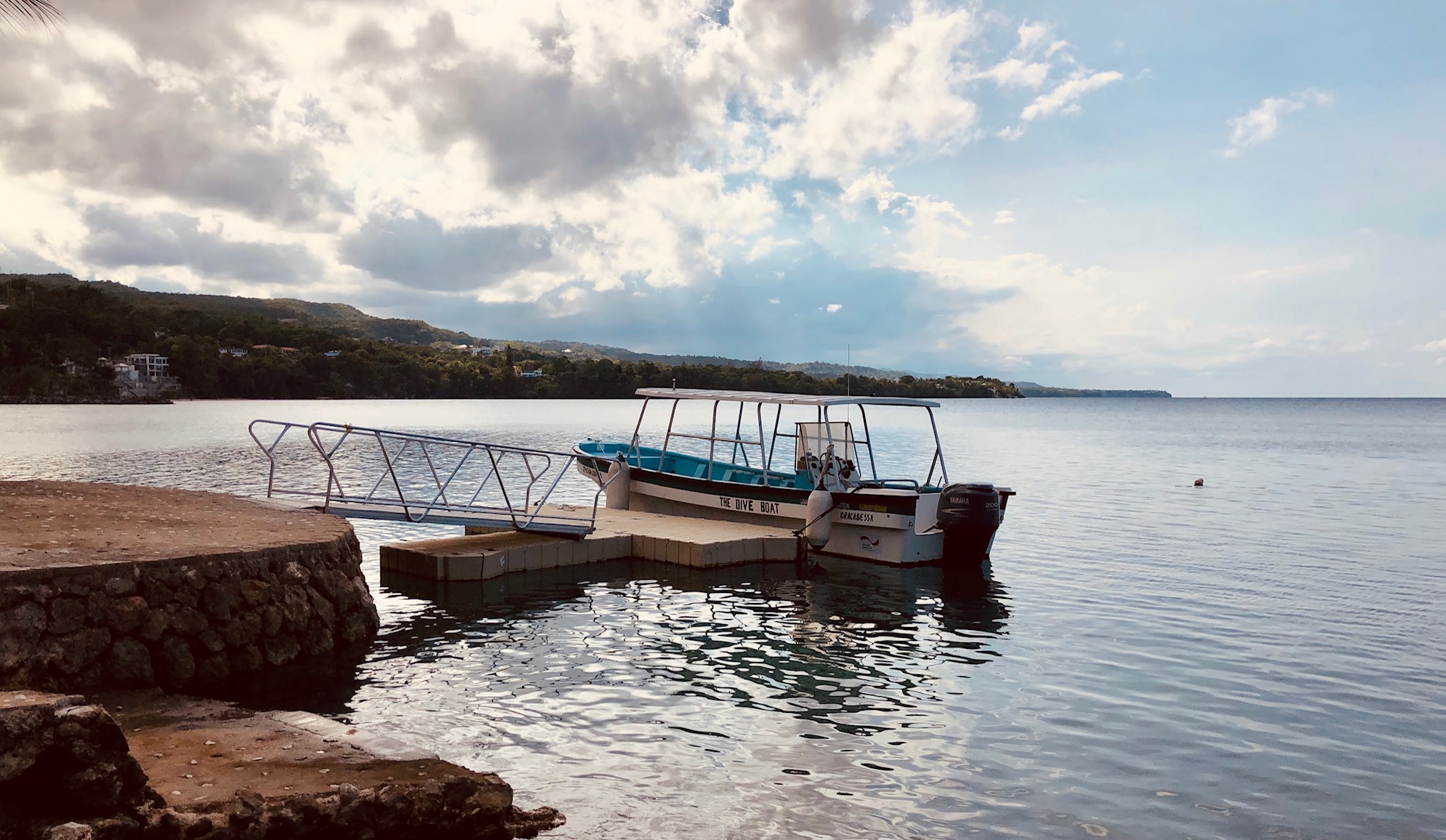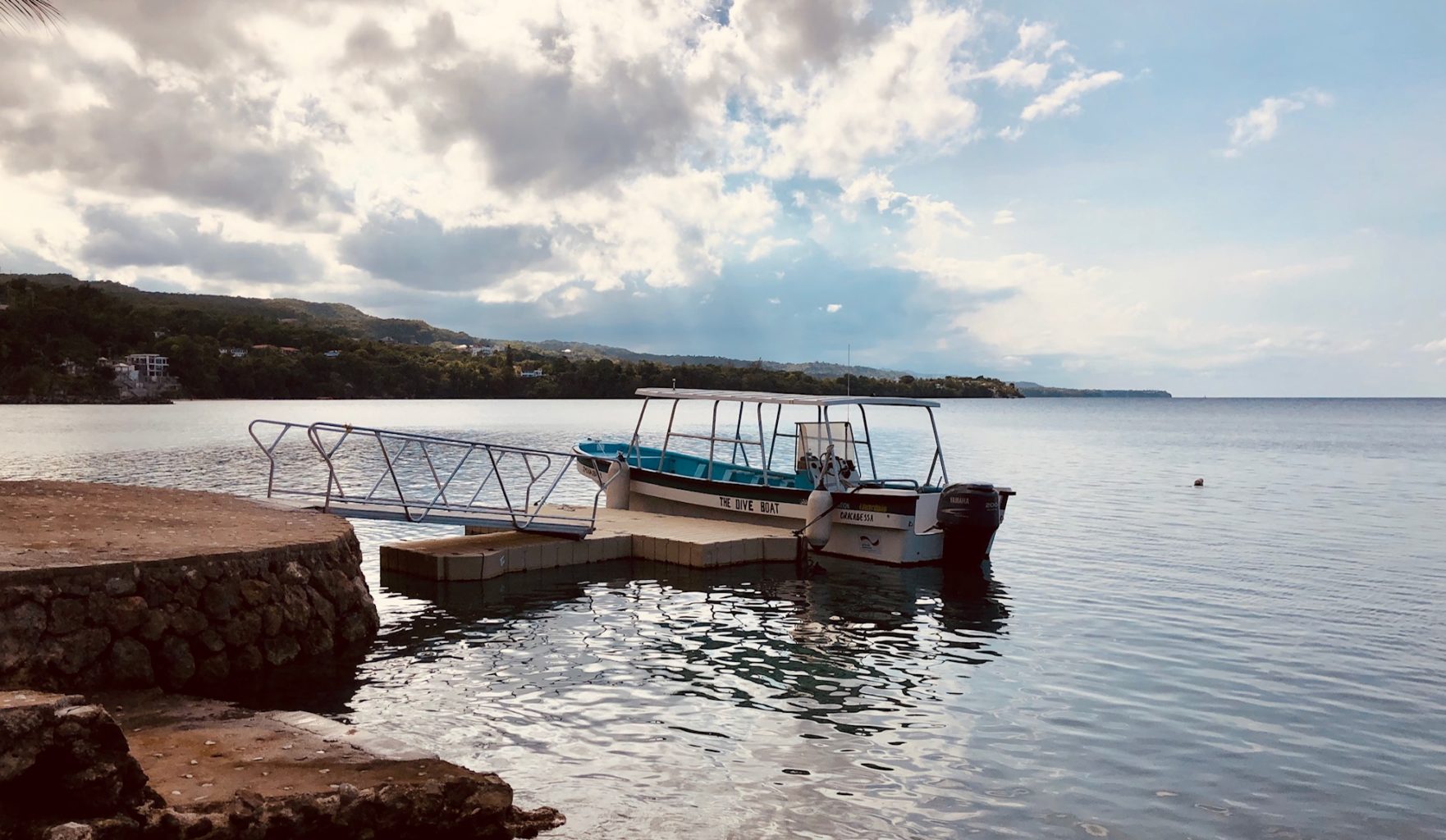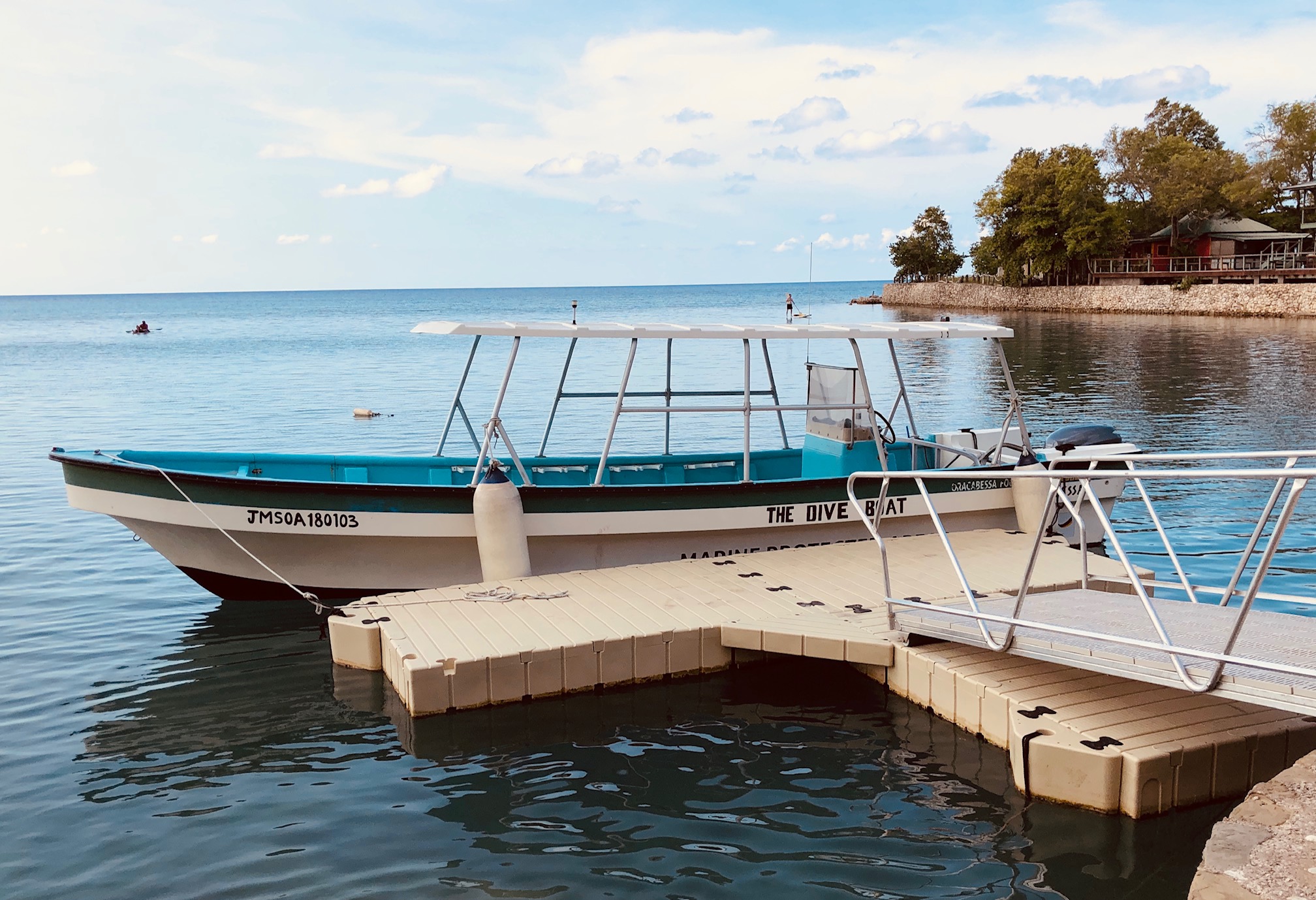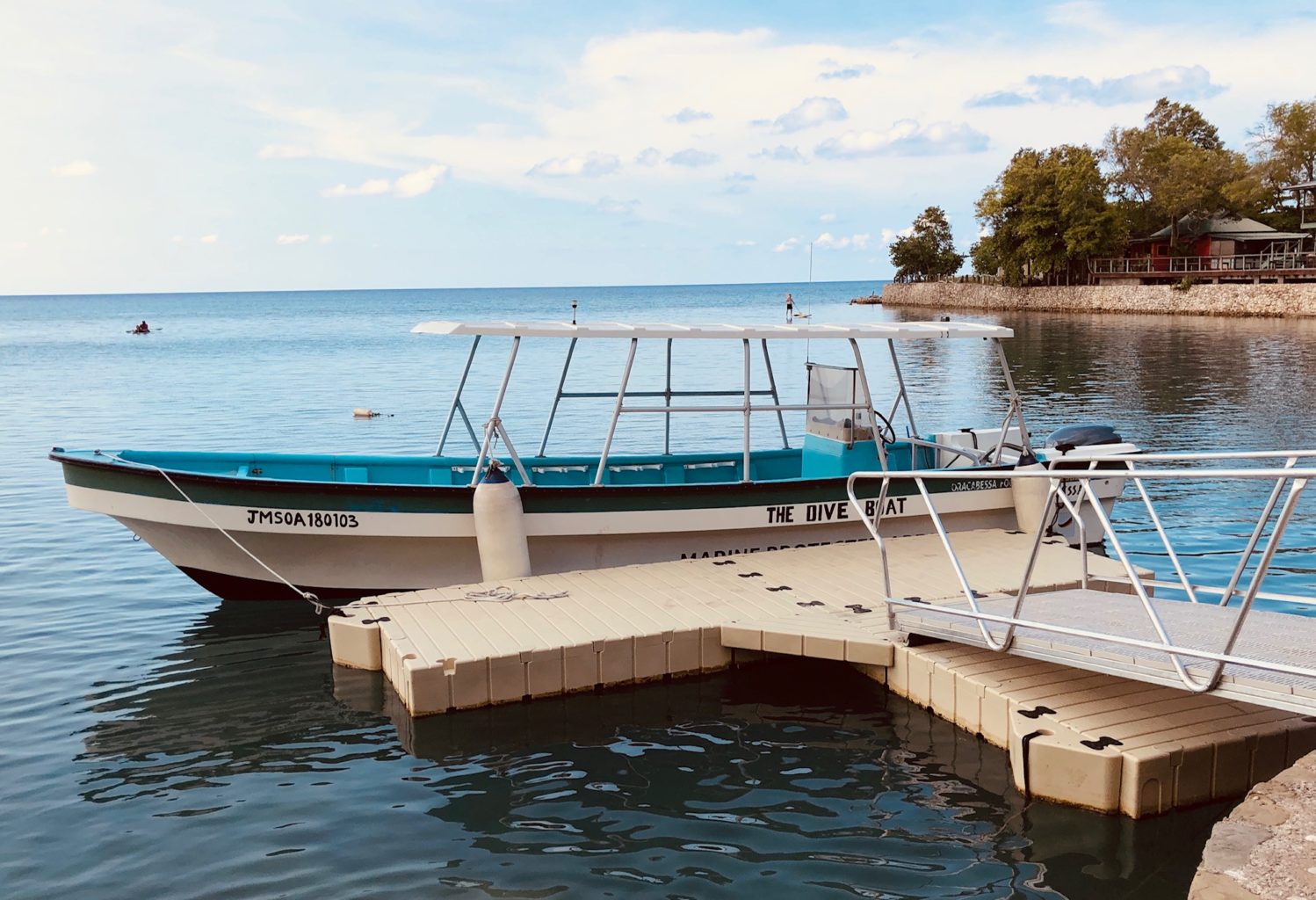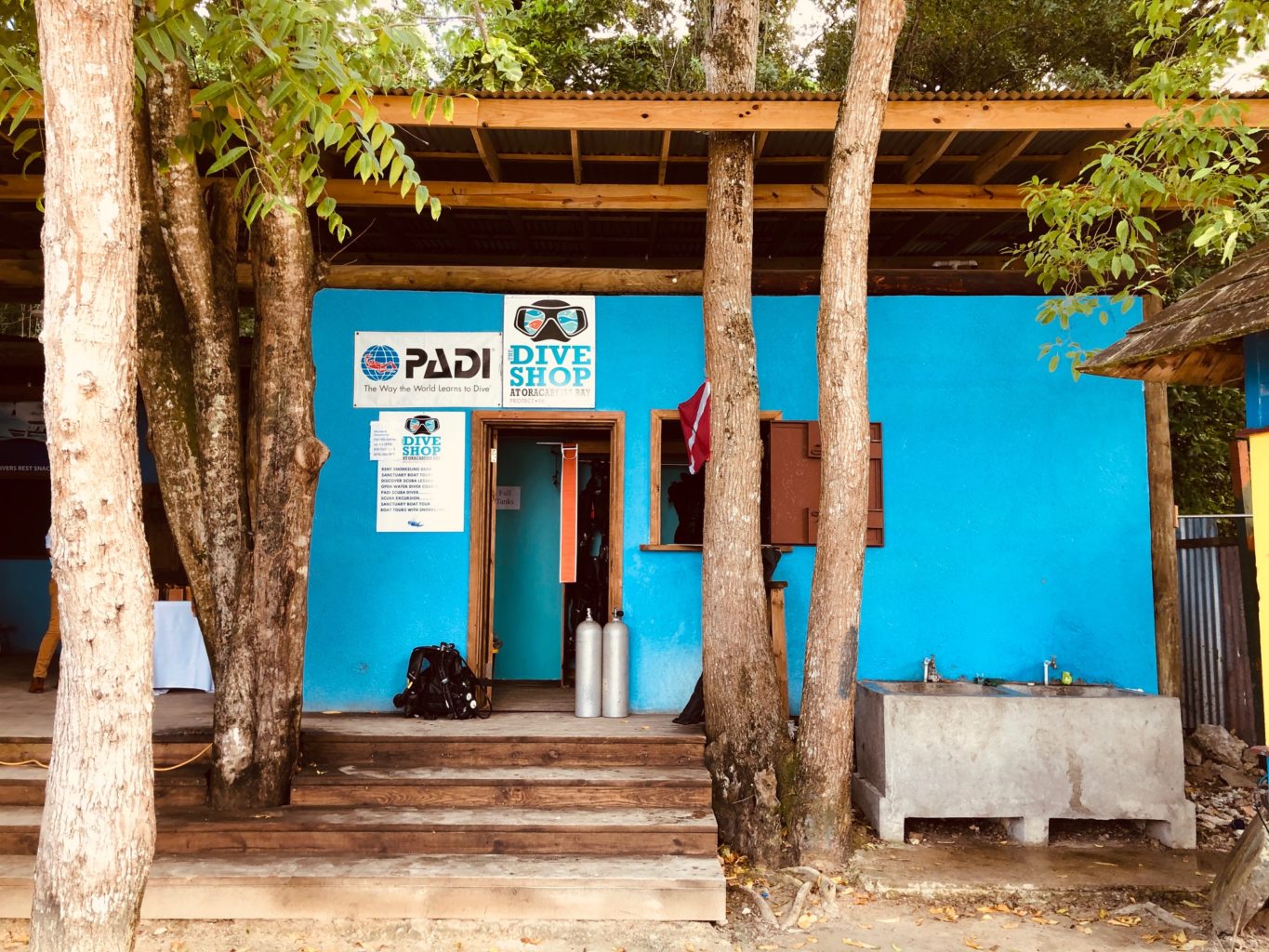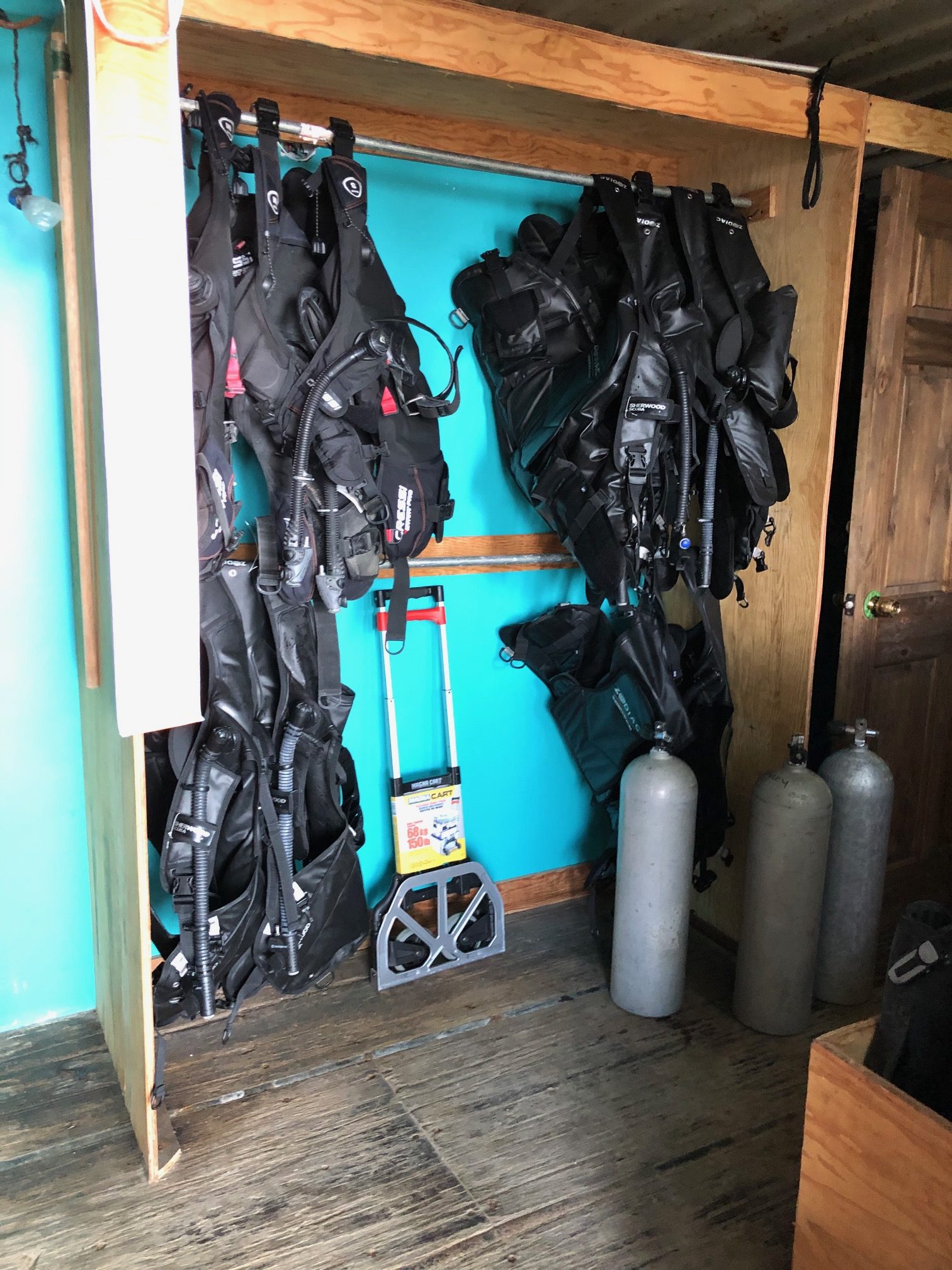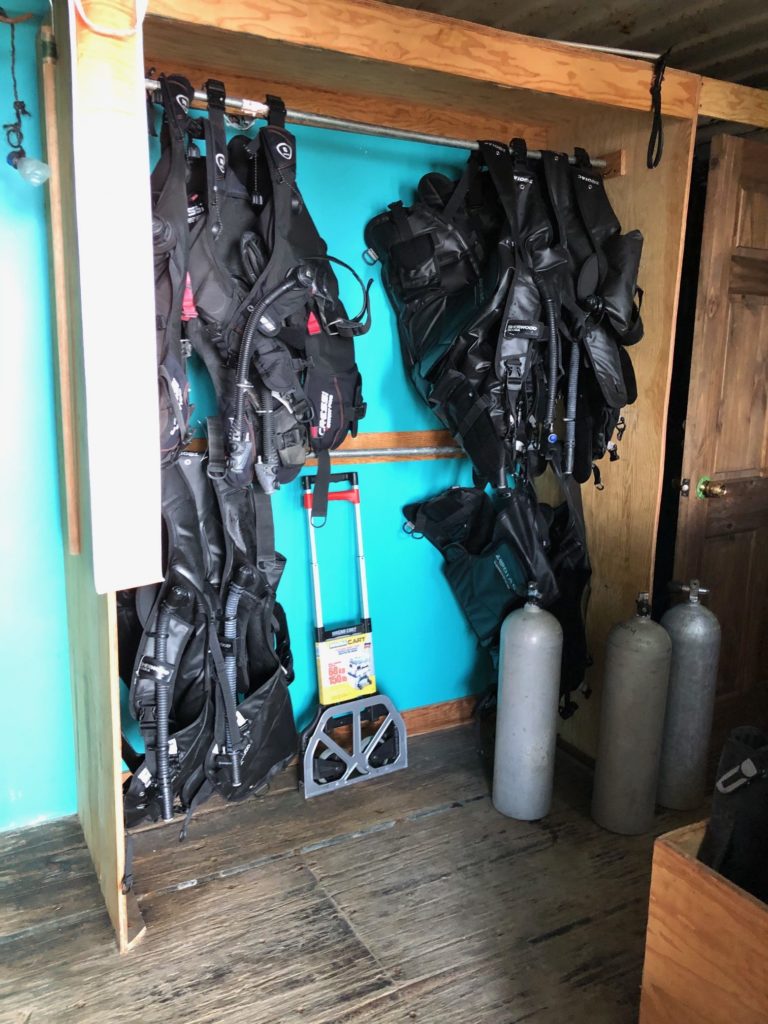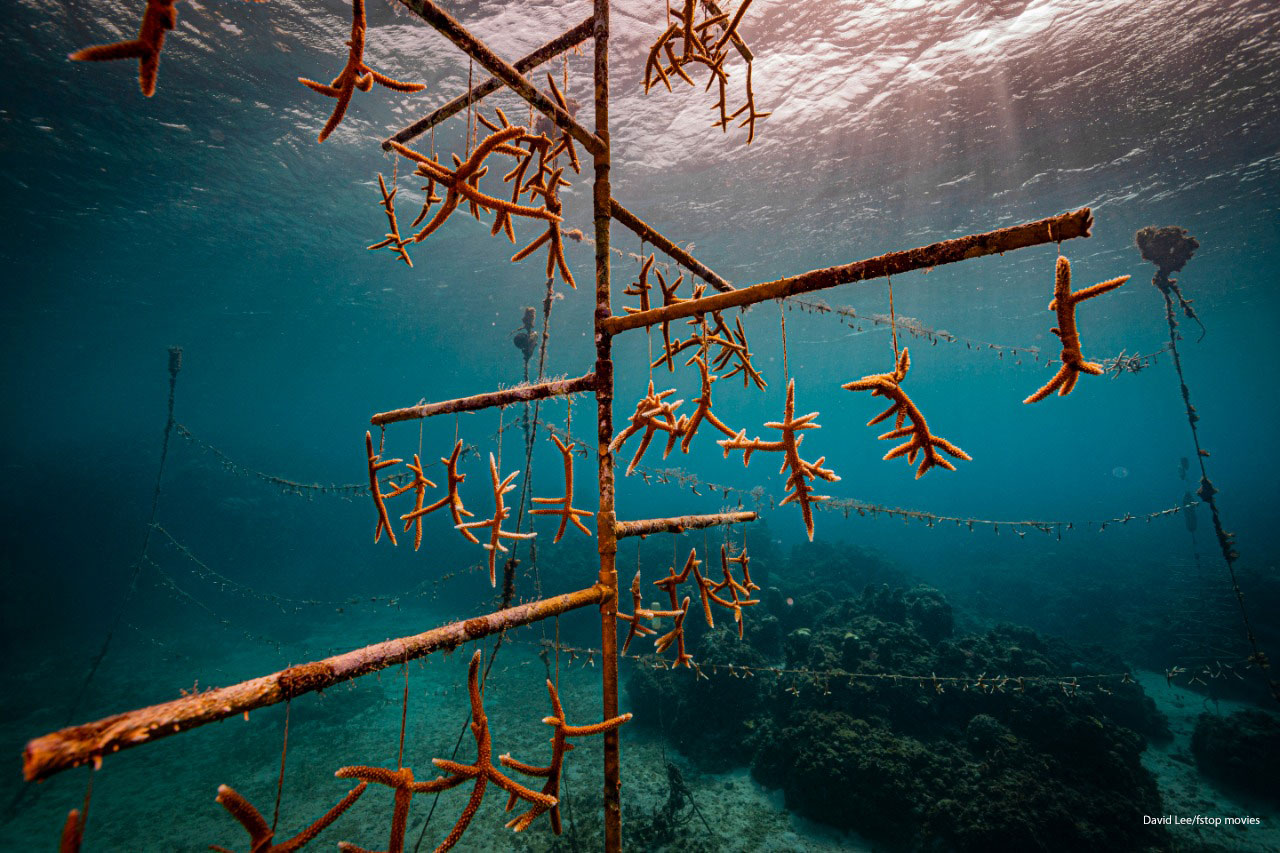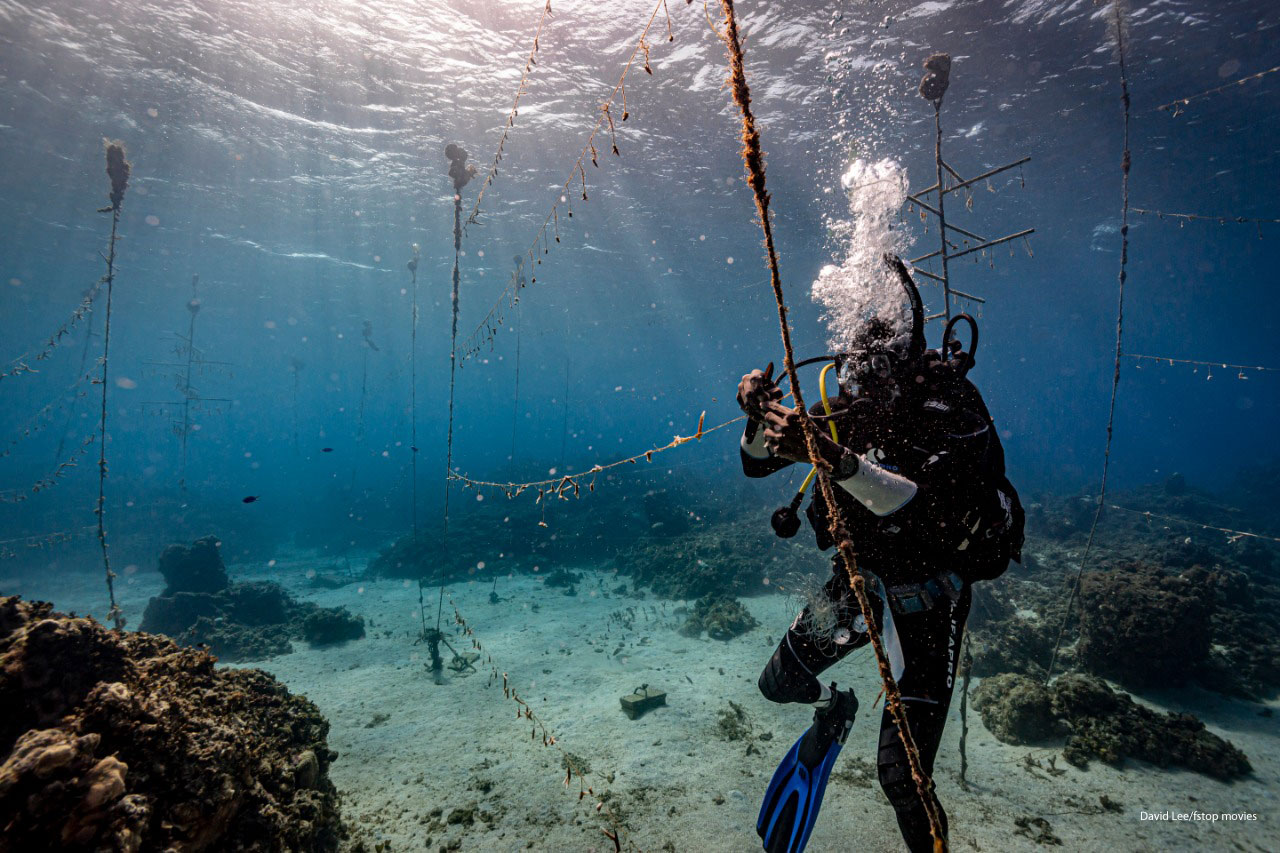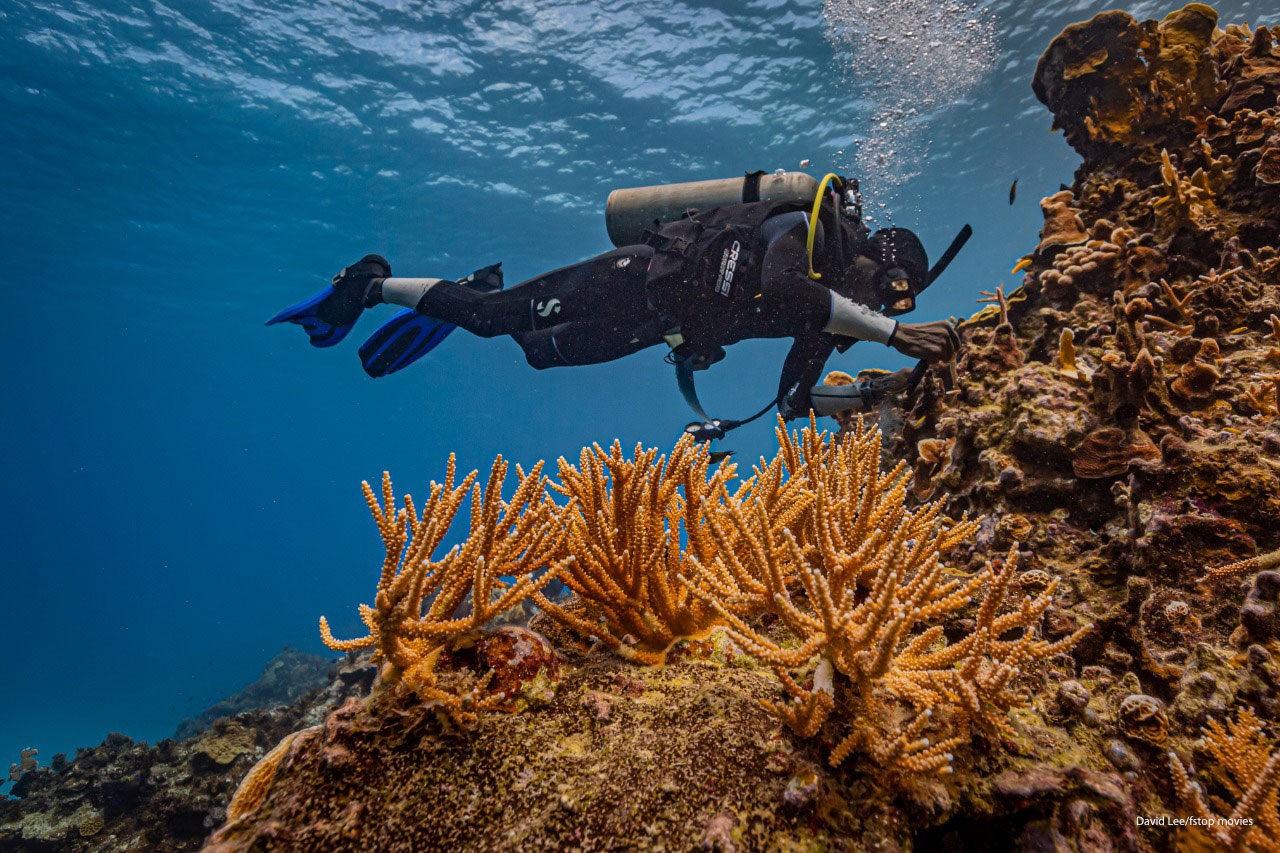Years of overfishing have severely depleted Jamaica’s fish stocks. One bright spot, however, is the 225-acre Oracabessa Bay Fish Sanctuary on the country’s northern coast. The sanctuary is the result of a joint effort by the nonprofit Oracabessa Foundation and the St. Mary Fishermen’s Cooperative, the local fishermen’s organization.
The government formally recognized the fish sanctuary in 2010. By 2014, removing fishing pressure yielded huge benefits: a 1,313% increase in fish biomass, a 153% increase in coral coverage, and a 43% reduction in algae coverage. Average fish size doubled. (Source: Jamaica National Environment and Planning Agency.) Today, two-foot-long tarpon swim next to the dock—something seen nowhere else in Jamaica. Thousands of hawksbill turtles hatch on reclaimed Gibraltar Beach each year. Fisherfolk can now make a decent living outside the protected area, and they fully support the sanctuary.
To enforce the no-take rules, fishers from the cooperative patrol the sanctuary. The government is supposed to pay them for this work, but payments are currently six months behind—and in any case, are far less than a living wage. To generate revenue to pay for 24-hour patrolling, the Oracabessa Foundation is opening a small dive shop.
The foundation has already built the dive shop. With Seacology support, it will add a floating dock, so visitors can get to the dive center safely. A floating structure will last longer than a traditional one, and it can be pulled out of the water during big storms.


